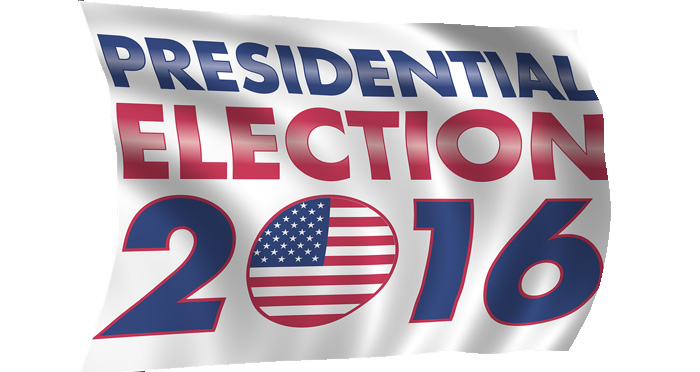Two weeks after a record number of Oregonians voted in the state’s May Primary election, the Oregon Secretary of State shared data on voter turnout and the state’s pioneering Oregon Motor Voter program.
“I am encouraged to see these new ‘motor voters,’ many of whom may have never voted before, engage in the democratic process,” said Secretary of State Jeanne P. Atkins. “We have received positive feedback from many Oregonians and continue to hear praise from national civic organizations and other states that are looking to Oregon as a model for democratic engagement.”
According to the most recent analysis by the state Elections Division, 8,135 votes were cast by Oregonians who were registered through the Oregon Motor Voter program. With 43,571 eligible OMV voters, this means 18.7 percent of the OMV-registered voters who were eligible to vote on May 17th (registered by April 26th) participated in the primary election.
“It’s important to keep in mind that the population of voters registered through Oregon Motor Voter made up about two percent of the electorate in the recent primary election,” said Atkins. “This is a very small number in an election that saw the largest number of primary voters in Oregon’s history. We have made some interesting observations on this population, but these numbers are only the first glimpse of how Oregon Motor Voter might result in more participation. We look forward to doing more analysis after the November General Election and in the years ahead.”
Overall, voters who chose to register with a political party voted at higher rates than did nonaffiliated voters, and this pattern existed both for those registered through the Oregon Motor Voter program and those registered through other means. That pattern is generally consistent with historical trends for primary elections
The data also show that nonaffiliated voters who registered through OMV voted at a rate of about six percent, while nonaffiliated voters who registered through other means voted at a rate of about 22 percent. Although the turnout rate of nonaffiliated OMV voters is lower, it represents over 2,000 votes cast by Oregonians who were registered automatically through the new program and may not have otherwise voted. The Secretary of State expects the November General Election to be a better test for turnout by nonaffiliated voters, since those voters will be able to vote on all of the high-profile races on the ballot.
“This election gave us our first metric to assess participation by new OMV voters – but it will take a number of election cycles for the exact effects of the program to be analyzed. I think we can say: so far, so good. But we have a lot to learn over the next several election cycles as this pioneering program becomes the norm for voter registration in Oregon,” said Atkins.
The next report on the OMV program will be issued on Friday, June 10th, the same date that letters will begin reaching mail boxes for “Phase II” of the program. For this final stage of OMV implementation, the Secretary of State will begin contacting Oregonians who had qualifying interactions (were eligible to vote and applied for or renewed an Oregon drivers’ license, permit, or ID card) at the DMV in 2014 and 2015. This population, estimated to be about 145,000, will receive a letter notifying them of their options to become an automatically registered voter through the Oregon Motor Voter program.




